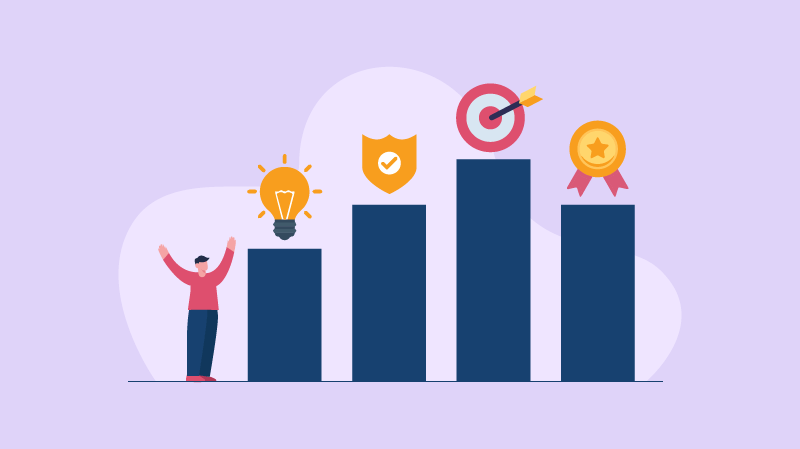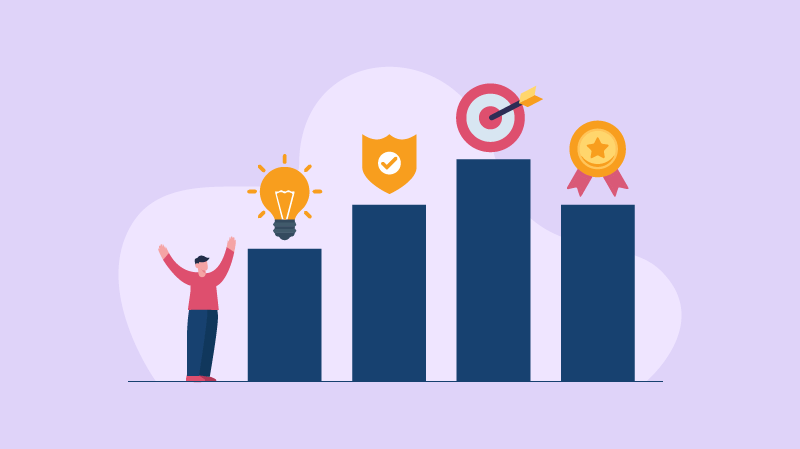Measure what matters, improve what matters. In this guide I explain the essential KPIs every online business must track, how to create a sales funnel that converts, and why the Super System is the Best Tool for Online Success.
Explore the Super System →Why KPIs Are Non-Negotiable for Online Success
First and foremost, understand this: what gets measured improves. Consequently, KPIs transform opinions into evidence. They tell you which campaigns deserve budget, which pages need rewriting, and which offers actually sell. In short, KPIs give you clarity. Therefore, if you want to scale, you must build a system that records and reveals these signals in real time.
Moreover, measuring KPIs helps you decide between two paths: doubling down on what works or stopping what drains resources. Hence, you save time, money, and energy — and you grow faster.
Top KPIs Every Online Business Must Track
Below is a practical list of the KPIs that provide immediate, actionable insights. Track them consistently and watch your decisions become sharper.
1. Website Traffic & Source Quality
Measure not only volume but also the origin and intent of visitors. For example, organic search visitors often convert differently than paid-ad visitors. Track sessions, new vs returning, and which channels bring your best customers.
2. Conversion Rate
Conversion Rate = (Conversions ÷ Visitors) × 100. Track conversions for each funnel step: opt-ins, free-to-paid, checkout completions. When conversion falls, optimize headlines, offers, page speed, and CTA clarity.
3. Customer Acquisition Cost (CAC)
CAC tells you the cost to win a customer. If CAC exceeds customer value, profitable scale is impossible. Therefore, reduce CAC by improving ad relevance, improving landing pages, and automating nurture sequences.
4. Lifetime Value (LTV)
LTV is revenue per customer over their lifetime. Aim to increase LTV via cross-sells, upsells, subscriptions, and excellent support. When LTV increases, you can afford more CAC and scale faster.
5. Email Open Rate & Click-Through Rate (CTR)
Because email remains the most direct ownership channel, measure opens and clicks closely. Improve these by personalizing subject lines, segmenting lists, and sending value-rich sequences.
6. Customer Retention Rate
Retention measures whether customers come back. To improve retention, deliver consistent value, send timely follow-ups, and create compelling re-engagement campaigns.
7. Average Order Value (AOV)
AOV = Total Revenue ÷ Number of Orders. Boost AOV with bundles, order bumps, and smart cross-sells during checkout.
8. Return on Ad Spend (ROAS)
ROAS shows the revenue returned for every rupee spent on ads. Track ROAS by campaign and scale winning creatives while pausing poor performers.
9. Lead-to-Customer Ratio
This ratio reveals how many leads convert into paying customers. If the ratio is low, strengthen nurture, add social proof, and refine targeting.
10. Revenue Growth Rate
Finally, measure your growth trajectory month-over-month and year-over-year. This KPI helps you forecast and prepare for scale.
Pro tip: Use one dashboard that unifies these KPIs so you don’t waste time switching tools. For example, the Super System combines funnels, emails, payments, and analytics into one place — which saves hours every week.
How to Create a Sales Funnel That Converts
Creating a sales funnel is a step-by-step craft. Below is a clear, actionable funnel blueprint you can build today.
Step 1 — Awareness
Attract attention with content that solves a specific problem. For example, publish a how-to blog, a short video, or a paid ad that targets a precise pain point.
Step 2 — Lead Capture
Offer a free resource — a checklist, mini-course, or webinar — in exchange for an email address. Keep the form simple and the promise clear.
Step 3 — Nurture
Use a sequence of emails to build trust. Provide value first; sell second. Emails should educate, remove friction, and lead to a low-friction offer.
Step 4 — Conversion
Make the purchase experience fast and frictionless. Include testimonials, clear pricing, and an obvious CTA. Also, add a one-click upsell to increase AOV.
Step 5 — Retention & Advocacy
After the sale, deliver a stellar onboarding experience. Ask for feedback, offer complementary products, and encourage referrals.
To build this funnel quickly and reliably, use a single unified tool instead of stitching many apps together. The Super System gives you ready-made funnel templates, drag & drop editors, and automated sequences so you can move from concept to live funnel in hours — not weeks.
Best Email Marketing Tool — What To Look For
When choosing the Best Email Marketing Tool, focus on these capabilities:
- Behavioral automation (send messages based on actions).
- Deliverability and clean analytics.
- Templates and easy personalization.
- Integration with payment and funnel tools.
These features help you build sequences that convert, increase LTV, and lower CAC. Conveniently, the Super System includes powerful email automation built-in, so you can send segmented campaigns and measure open/CTR without extra integrations.
Why an Integrated System Is the Best Tool for Online Success
Many entrepreneurs waste energy patching together five apps that don’t talk to each other. As a result, data gaps appear, leads slip through cracks, and conversion drops. In contrast, an integrated system centralizes funnels, emails, payments, and analytics. Consequently, you get a single source of truth, faster iteration, and predictable growth.
That is why the Super System is the Best Tool for Online Success: it reduces complexity, increases reliability, and speeds up experimentation. In other words, it frees you to focus on product and messaging — the things that truly move the needle.
A Simple Action Plan — Start Measuring Today
- Pick 3 KPIs to start: Conversion Rate, CAC, and LTV.
- Set baseline values for each KPI this month.
- Create one optimized funnel (awareness → lead → sale → retention).
- Automate email nurture for that funnel and measure open/CTR.
- Review results weekly and iterate on the weakest step.
Follow this plan for 90 days. Additionally, use an integrated platform so your data is accurate and fast to access. For a complete, all-in-one approach, check the Super System and use its funnel templates to implement the plan.
Final Words from Guruji Sunil Chaudhary
My students and clients ask me the same question often: "Guruji, what should I measure first?" I answer: measure what directly affects your profit. That means conversions, customer costs, and customer value. After that, measure traffic quality and email engagement. Then, build systems to automate improvement.
Remember, success is not achieved by working harder; it’s achieved by measuring smarter and acting faster. If you want the easiest path to clarity and speed — plus templates that remove decision fatigue — begin with the Super System. Start small, measure honestly, and scale only what proves profitable.
Stay focused. Track the right KPIs. Grow with intention.




 Launch your Graphy
Launch your Graphy